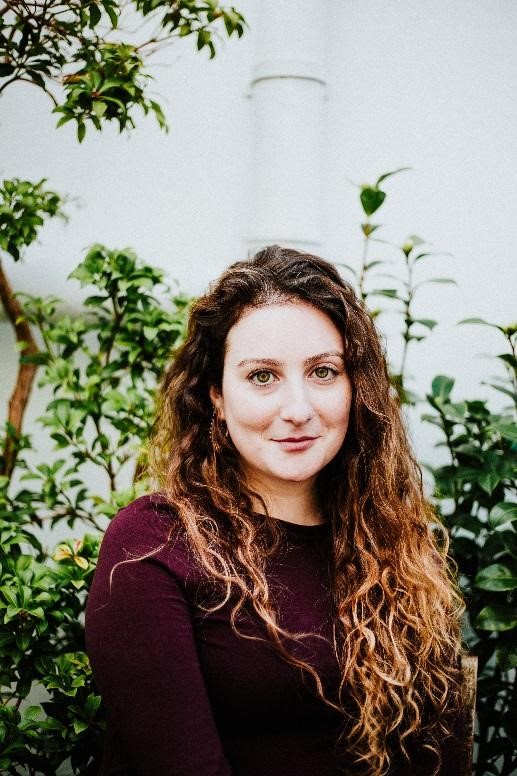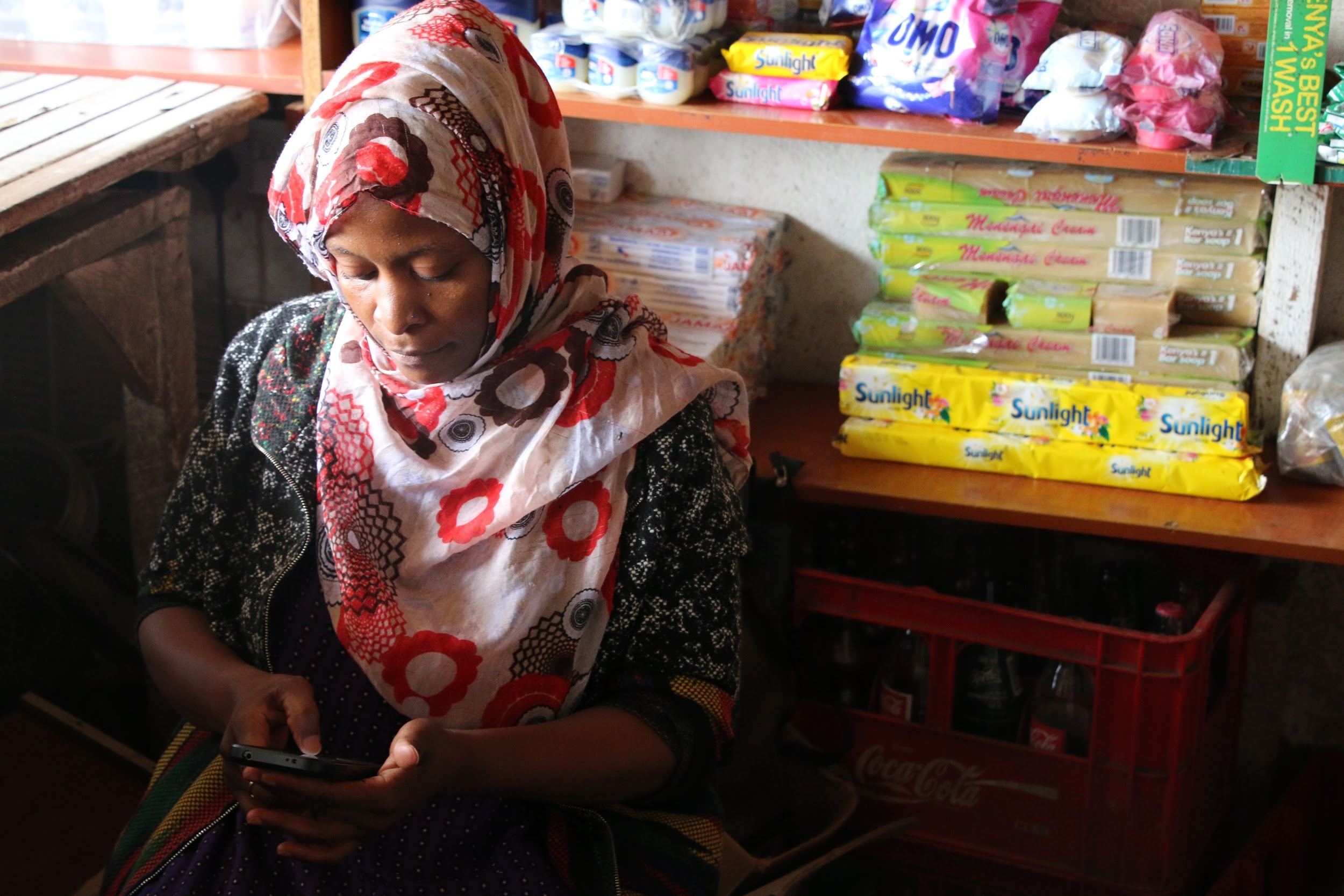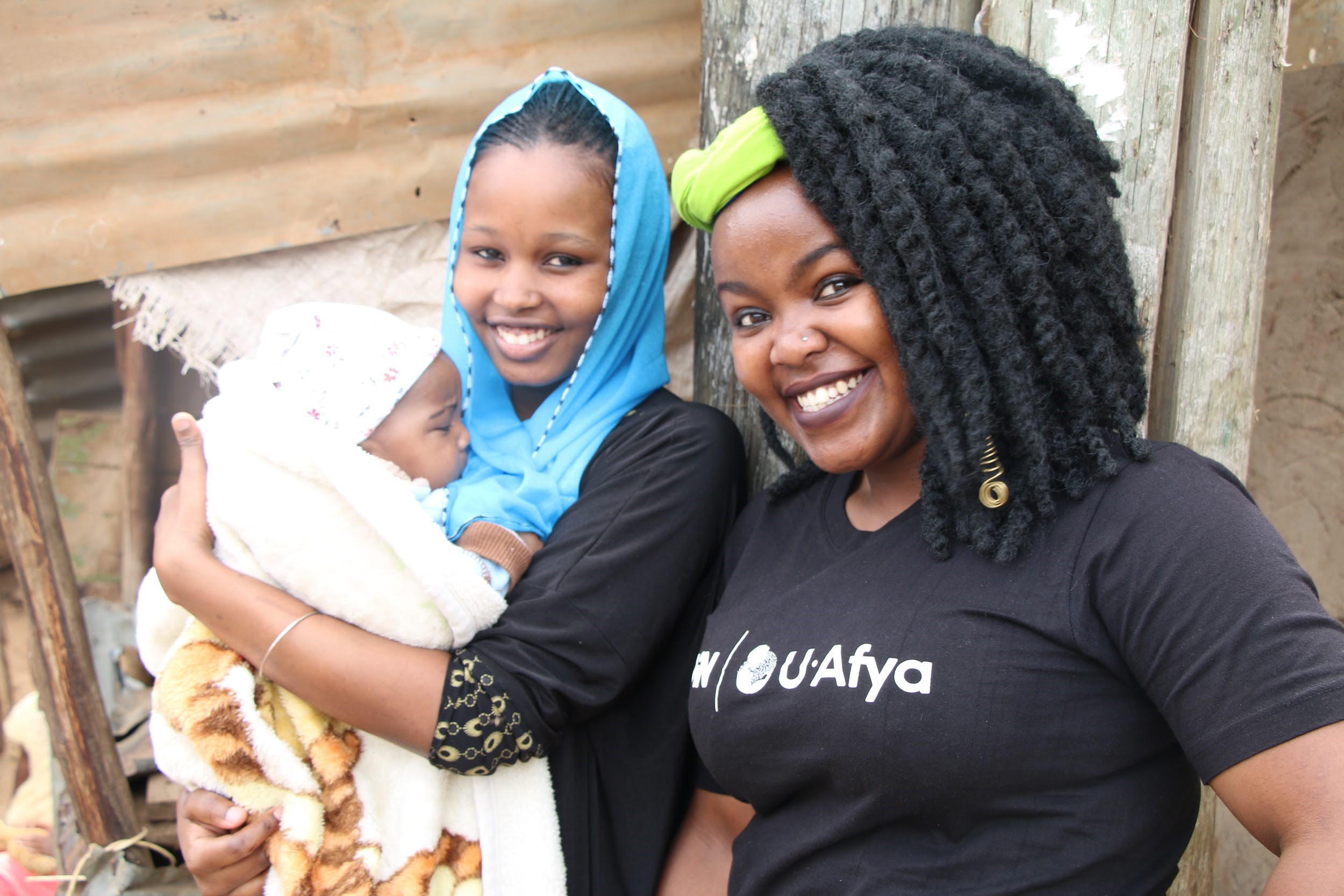Let us know what type of content you'd like to see more of. Fill out our three question survey.
Digital Health in International Development: Using Tried & Tested Technology Innovatively
Jul 5, 2018

I recently took part in the DAI panel discussion on “Digital Health in International Development: Current Realities and Future Trends” in London. It delivered fascinating perspectives from across the health, tech, and development sectors. Here’s a few key points I shared during the discussion and hope to stimulate a continued conversation.
1. Sometimes Tried and Tested is Best
When asked my opinion on the most promising piece of tech for the health sector, my response was mobile-based e-learning. It isn’t new; and it is easily overshadowed by the latest headline in digital development. Yet its potential when used in innovative ways is groundbreaking.
It’s easy to get carried away with the promise of the latest innovative technology or dazzled by a flashy new app. Yet it’s important to remember that the majority of people in the low-income communities we serve have access only to a basic internet-enabled feature phone—if that. The most vulnerable, including women, adolescents, people living with disabilities, and the very poor, are the least likely to have the means or digital literacy to benefit from a high-tech solution.
2. Delivering Genuine Human-Centred Design
There is a lot of buzz in our sector for human-centred design (HCD), but this can be contradicted by the proliferation of shiny digital pilots transplanted from a high-income context.
I believe that to deliver genuine HCD, we need to design our solutions based on the tech that people in the communities we serve have in their hands. We need to work closely with them to understand the details of their mobile access, digital literacy, and data and connectivity constrictions, in the same way as we need to understand their needs, perspectives, and values in relation to the development challenge we are aiming to address.
3. Technology as a Connector
The technological constraints that people are facing don’t have to prevent innovative design. For too long mobile phones have been seen either to push messages out to communities or to gather data from them. This misses the point of how people use phones in their daily lives—to connect and engage.
At Every1Mobile, we have seen that the real value of building solutions centred on mobile technology comes from the power of digital communities to engage in a three-way dialogue. Not simply communicating “at” our target groups, or extracting data from them, but crucially facilitating intra-community engagement, sharing, and discussion in safe spaces. This takes our community beyond a passive “audience” for our messaging to being co-partners in the conversation and active “users.”
Key Points in Action: the U Afya Programme
Here’s an example of these key points in action, which I shared during the panel discussion, from our U Afya programme in Nairobi (afya means health in Kiswahili).
I talked through the process of how we worked with mothers and mothers-to-be in informal settlements around Nairobi, Kenya, to design a digital community that would support them in keeping themselves and their families healthy, using the technology they already have. One of the goals of the community is to encourage healthy behaviours—specifically, eating a balanced breakfast and washing hands.
Our formative research showed that rather than poor knowledge, it was a lack of confidence that was a significant barrier to these healthy behaviours. Simply sharing health messaging with this group was not going to have the impact needed.

A beneficiary of the U Afya Programme, Kenya.
We structured a behaviour change strategy accordingly, using techniques that would leverage the power of a digital community to build confidence. This included supporting the women to set realistic goals related to the desired behaviour, close peer engagement and sharing, and rewarding positive behaviour change.
We ran a pilot through WhatsApp (the communications technology most popular with the target group), to test our strategy. A local moderator facilitated structured discussions with 50 young mothers and mothers-to-be, around themes the women had identified as priorities. Each theme had a simple set of pre- and post-survey questions, using the Every1Mobile survey functionality, designed to measure knowledge, attitudes, and behaviour.
I’ll share the insights here:
- Engagement in the discussions was very high: 60 percent of users engaged in every session, and 84 percent in more than half.
- There were no significant knowledge gains, due largely to the high scores at pre-survey.
- Yet we saw a large shift in attitudes: an increase in self-confidence, increase in the perceived benefits of the behaviours, and a decrease in the perceived barriers.
- There was also a significant change in self-reported behaviour.
- Crucially, there was a strong link between engagement and behaviour change: with the desired behaviour more prominent for those women who actively engaged in sessions.
We are now in our improvement phase, taking learnings from the pilot to develop a full U Afya digital community. The community will allow women across low-income neighbourhoods of Nairobi to connect in a space designed for and with them, to engage with tailored learning, peer and expert support, confidence-building activities, and to purchase discounted health-related products.

The U Afya team are growing a digital community in Kenya.
I see huge potential in this model of engaging mobile-based e-learning, and so many other applications for it across the health sector, and that is why I am most excited about this simple tech.
Mobile based e-learning could be used for delivering professional development to health care workers, ranging from follow-up to face-to-face clinical skills sessions, to provision of more values-based training such as interpersonal skills training and rights-based family planning. It could also be used to support task shifting, for connecting cohorts of community health workers, for capacity building of health system administrators and data analysts, or building capacity of health activists.
Innovation doesn’t have to mean brand new technology. We can build on the technology already embedded in communities to deliver social impact in a much more sustainable and meaningful way.
Abi Gleek is Head of Programme Design at Every1Mobile, a digital and mobile services provider committed to delivering social change in developing countries. Founded in 2010, Every1Mobile works with the public and private sectors to provide digital tools and services that facilitate economic empowerment, gender equality, improved health, strengthened livelihoods and learning. Connect with us @Every1Mobile.